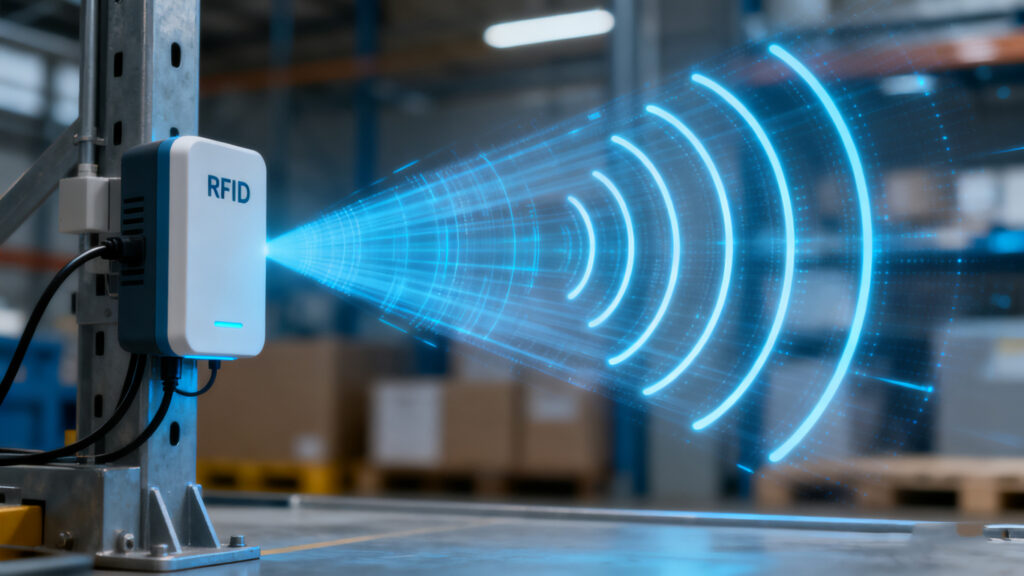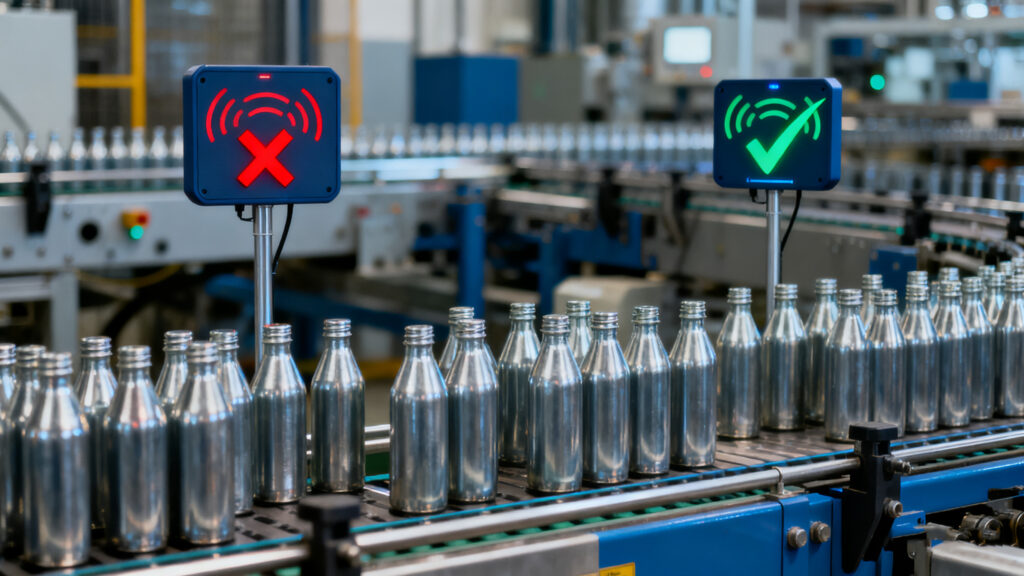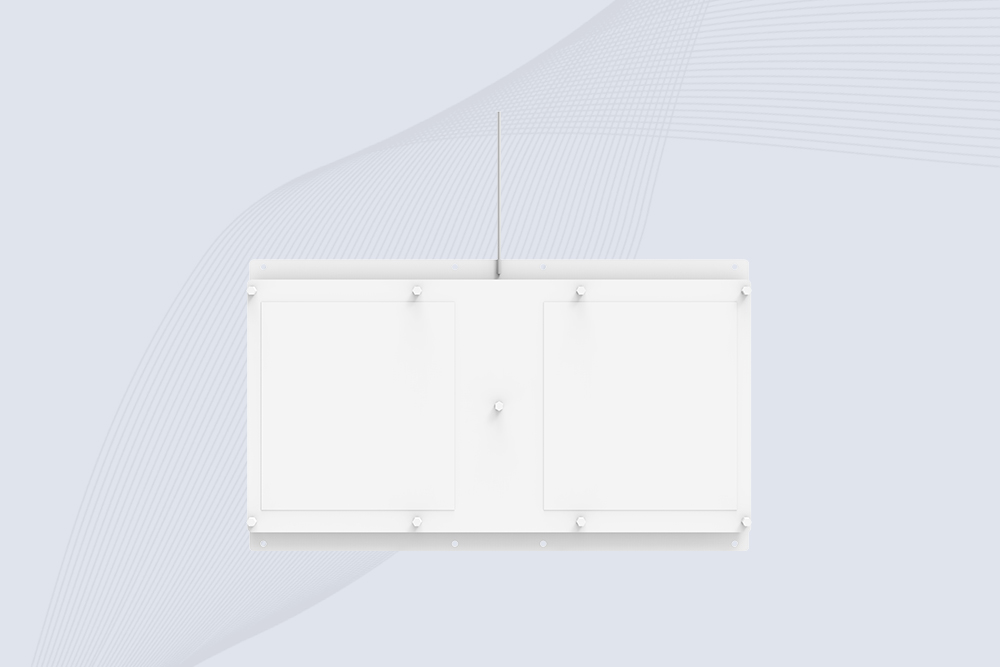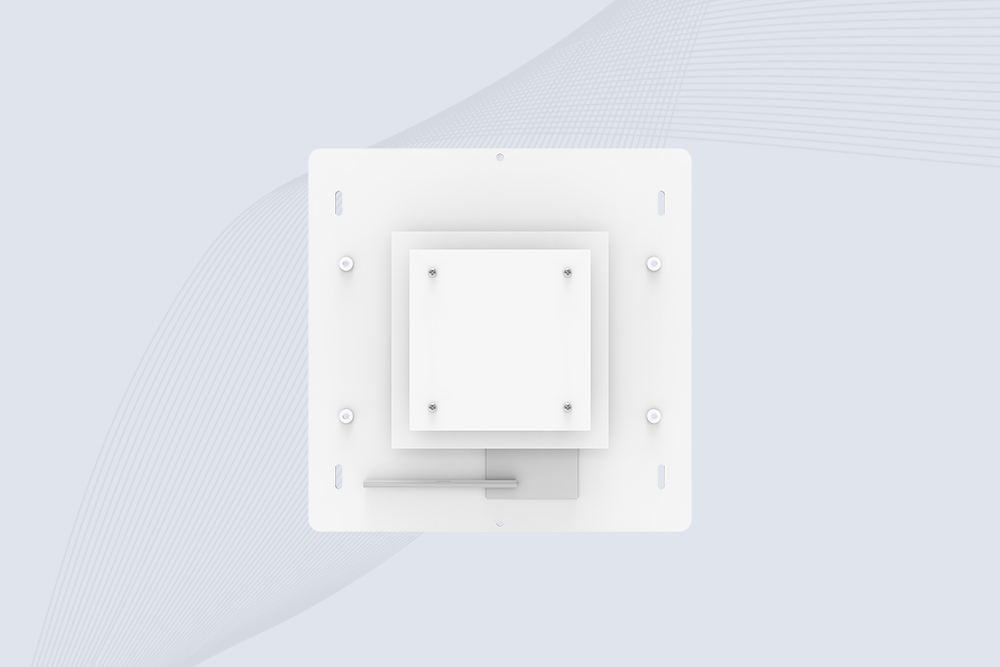The Hidden ROI of RFID Readers: Calculating Long-Term Business Value
883Step-by-step guide to installing and configuring industrial RFID readers for maximum efficiency. Learn best practices and avoid common pitfalls with Cykeo’s expertise.
MoreAll RFID Product
You probably interact with RFID tags every day—supermarket checkouts, access control doors, warehouse logistics—but rarely notice the unsung hero behind it all: the antenna. It’s not just a piece of metal. It’s the bridge connecting readers and tags, the channel that decides whether your system works or silently fails.
Picture a warehouse pick-and-pack operation. The reader sends high-frequency signals, and the antenna converts them into an electromagnetic field, creating a “read zone.” When a passive tag enters this zone, it powers up, sends data, and the antenna delivers it back to the reader. Without the antenna, the tags are mute objects on shelves.

Antenna parameters shape reading capabilities:
Different tasks call for different antennas:
Antennas need matched impedance with readers (usually 50Ω). Mismatch reduces power transfer and increases reflection. In practice, matching networks and S-parameter testing are used. Even tiny PCB traces, ground planes, or dielectric thickness can shift resonant frequency and bandwidth, so batch calibration is common.
The first time I truly noticed antennas was during an automated picking system test. UHF readers were installed, but several rows of shelves wouldn’t read tags. Why? Antenna polarization was misaligned, angles off by a few degrees. After adjusting angles and switching to circular polarization, read rates skyrocketed. That day I realized antennas aren’t just components—they’re guardians of system reliability.
Another case involved automated bottle handling. Ordinary antennas read less than half a meter, tags were frequently missed. Switching to liquid-tolerant antennas with circular polarization and proper gain stabilized the entire production line. Metals and liquids in industrial environments are like mischievous gremlins—antennas must be smart to handle them.

Selection checklist: frequency band → polarization → gain/directionality → impedance match → environment → tuning → batch consistency → software strategies. Each step decides if your system runs smoothly.
Next time you swipe a card, pick up a package, or walk through a door, don’t just see the tag. Behind it is an invisible web, antennas silently turning silent data into reality. The world of RFID antennas is far more complex—and far more fascinating—than most people imagine.

Cykeo CK-A11 UHF RFID reader antenna delivers 11dBi gain, 840-960MHz frequency range, and IP65 ruggedness for retail, logistics, and industrial RFID systems. Features low VSWR and easy installation.

CYKEO Antenna RFID Reader delivers stable long-range UHF performance with a 10.5dBi directional design, built for warehouses, conveyor portals, and industrial RFID systems. This rfid reader antenna provides 20m+ read distance and rugged IP67 protection.

Cykeo CK-PHF3 industrial HF RFID Antenna offers 24-point dynamic tracking, ISO 14443A/15693 protocols, metal-environment stability for archives/libraries/manufacturing.

Cykeo CK-A5B industrial Linear RFID Antenna delivers 5dBi gain, ≤1.5:1 VSWR, and IP65 rugged design for warehouse, production line, and logistics UHF systems.
Step-by-step guide to installing and configuring industrial RFID readers for maximum efficiency. Learn best practices and avoid common pitfalls with Cykeo’s expertise.
MoreLearn how to install RFID antennas correctly and avoid interference issues. Step-by-step guide for warehouses, factories, and retail environments.
MoreLearn if RFID handheld readers can scan tags through metal or liquid containers. Discover solutions for interference and Cykeo’s industrial-grade scanning technology.
MoreLearn proven strategies to minimize RFID tag read errors in high-metal warehouses. Discover anti-metal tags, optimal placement, and interference reduction techniques.
More